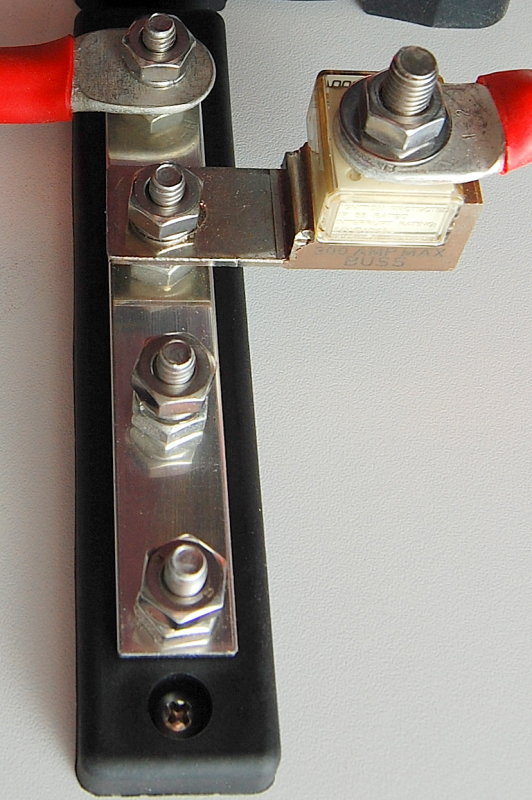MS, I think you had s small senior moment (you don't have many). 3 meters is 9.84 Ft. (3.
28 Ft. per meter).
28 Ft. per meter).
Yep,MS, I think you had s small senior moment (you don't have many). 3 meters is 9.84 Ft. (3.
28 Ft. per meter).
There should be no practical limit on how far the head unit is from the batteries (actually: how far from the shunt), except for the length of the cable you have to connect them. Shunt placement however is more important, should be logically placed between the battery and the Negative buss.How far can I place my battery monitor from the batteries and what size wiring is needed if the monitor is a more than three feet from the batteries?
Huh? The negative terminal of the alternator, if you have one, should lead to your ships negative ground buss or to the load side of the shunt just as every other load does.If I understand correctly a good place to wire the "load side" would be the negative
terminal on the alternator. Correct ? thaeni@comcast.net
Nodak,Install a Xantrex on the boat before the season started last year and it worked great! Very helpful and informative. Very nice to get an instant condition of the battery without just guessing. It is also helpful to spot how much load each device is drawing. I would not have a boat without one any longer.
Yann,In this case, I have three batteries in parallel in my house bank. They are all deep cycle flooded batteries, but not the same size or Ah. From memory, one is 90 Ah, and the two others are 120 Ah. Are battery monitors effective in such a setting, and how do you wire them?
As Stu said it will work fine but your bank is not really the ideal situation as far banks go. To program the monitor simply add up the Ah ratings of the parallel batteries and plug them into the monitor.In this case, I have three batteries in parallel in my house bank. They are all deep cycle flooded batteries, but not the same size or Ah. From memory, one is 90 Ah, and the two others are 120 Ah. Are battery monitors effective in such a setting, and how do you wire them?

Maine Sail one of your pictures shows a fused buss coming off the battery POS terminal. I'm looking for one for my house bank but cant seem to find one. Is this a custom or off the shelf part?
Thanks
Mike

